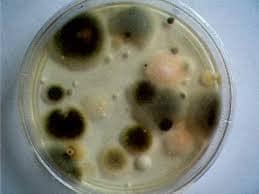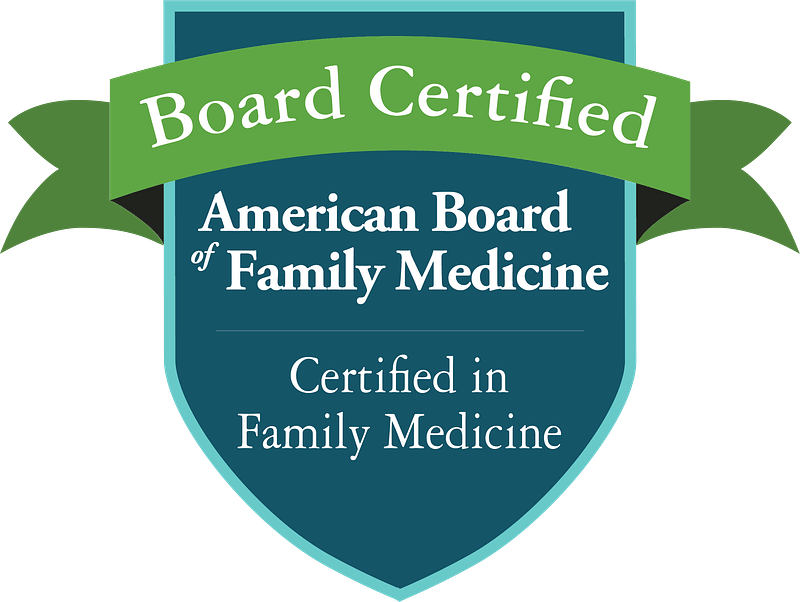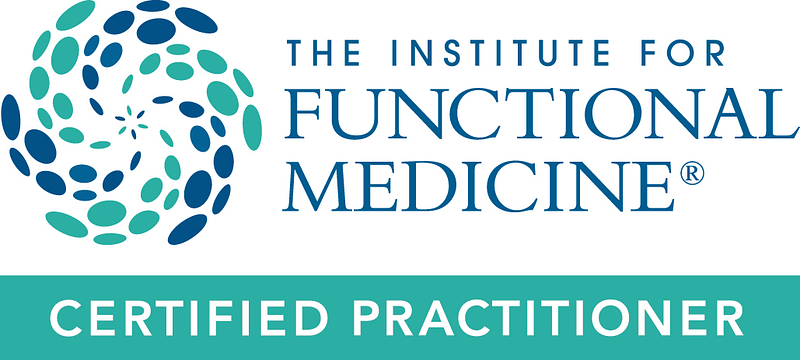* Hay fever consists of a group of allergic symptoms that are caused by pollen. It is also called Seasonal Allergic Rhinitis, to differentiate it from year-round or Perennial Allergic Rhinitis, caused from dust, dust mites, molds, and animal danders.
* Outdoor pollen counts are at their highest level of the day between 5 am and 10 am. If you are allergic to pollen, limit your outdoor time during these peak hours.
* All trees pollinate in the late winter or spring. Grasses and some plants pollinate in late spring and early summer. Most weeds pollinate in the summer and fall.
* Click on www.pollen.com for a local pollen count.
* Pollen counts approach zero in an air-conditioned indoor space assuming the doors and windows are shut.
* Simply removing your shoes at the entry of your home when coming from the outside will reduce the number of allergens in your home environment.
* Showering and washing one’s hair before going to bed especially during pollen season can help reduce pollen allergy symptoms.
* The biological diversity of plant life in Western North Carolina results in both large quantities of pollen and many different species of pollen.
* If you are trying to determine if you have hay fever or a simple cold, often the presence of itchy, irritated and watery eyes and facial itching are a clue that pollens are more likely causing your symptoms.
* There is no geographical cure for hay fever. Although relocation may result in an initial decrease of allergy symptoms, the second season of exposure to the new location may well be the sensitizing one. Allergy is primarily an internal problem, not external.
* Pollen has been found in the ocean 400 miles from shore. Pollen will find you.
* A single ragweed plant can generate a million grains of pollen per day.
* If you are especially allergic to ragweed, there is an increased chance that you will react to the following foods through cross-reactivity: chamomile, melons, squash, egg, milk, mint, bananas, and lettuce.
* If you are especially allergic to grass pollen, there is an increased chance through cross-reactivity that you will be allergic to: legumes, including beans, peas, cottonseed, soybean, and its byproducts, and cooking fats.
* If you are especially allergic to birch pollen, there is an increased chance that you will react to the following foods through cross-sensitivity: raw apples, carrots, and celery.
* A micron is .0000394 inch or .0001 cm. Pollen is a relative giant at approximately 30 microns in diameter, molds come in at 3 microns in diameter, and cat dander is the small kid on the block at 2 microns in diameter in size. It may take months to rid cat dander from a home even after the cats are removed because it is so easily airborne.
* If you are in the midst of hay fever season, decreasing the intake of your known allergic foods and limiting one’s chemical exposure will decrease the total load on your immune system and likely increase your tolerance of pollen. Take extra care to keep your home environment clean during your worse pollen symptoms.
* Many people report they are allergic to pine pollen because it is so abundant and obvious as it falls on cars and other objects. However, pine pollen is less allergenic than other tree pollens due to its relatively heavy weight . . . it is between 40 and 85 microns in diameter. That’s why it ends up on your car and not in your nose.
* When driving during peak pollen season, keep your car clean, keep car windows closed, use the air-conditioning, and re-circulate the air in your car to shut off all incoming air.












